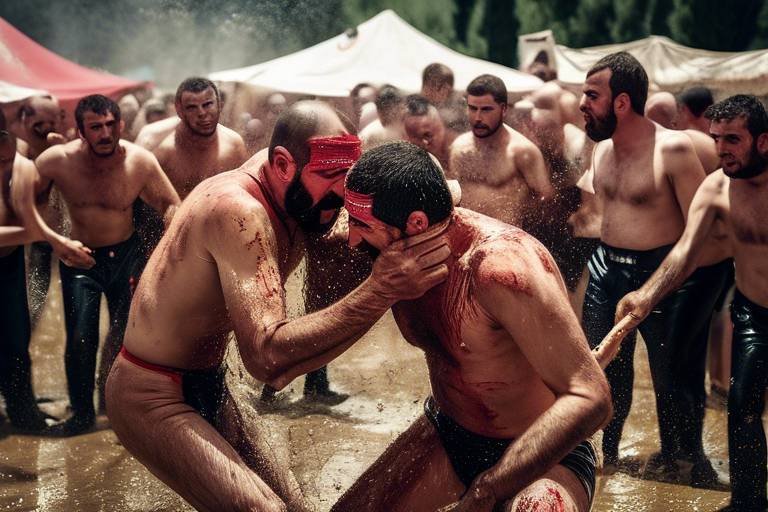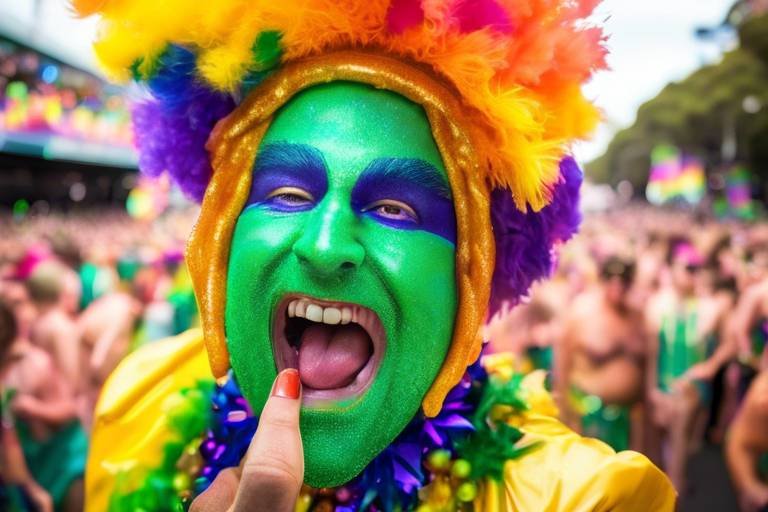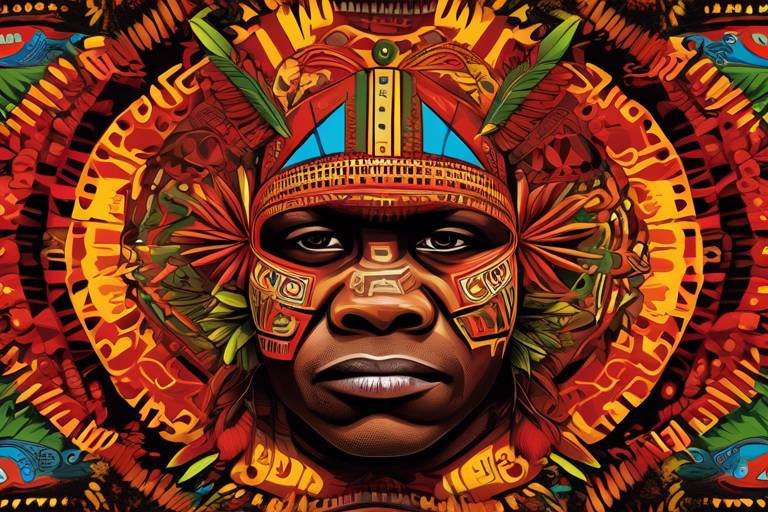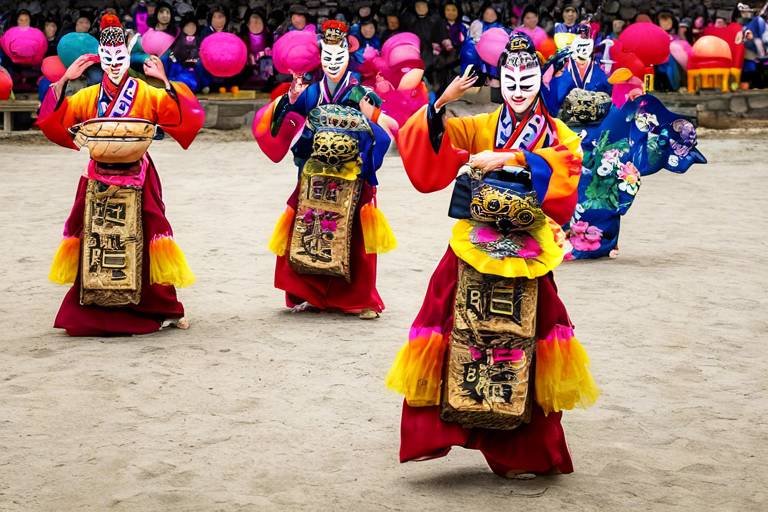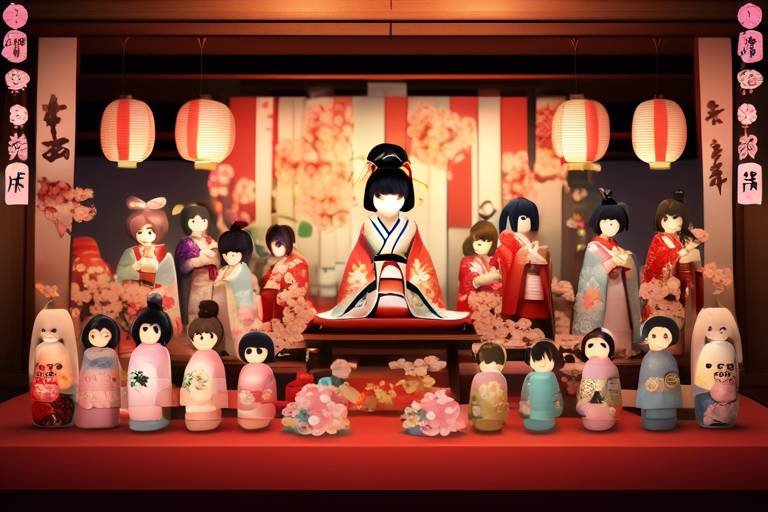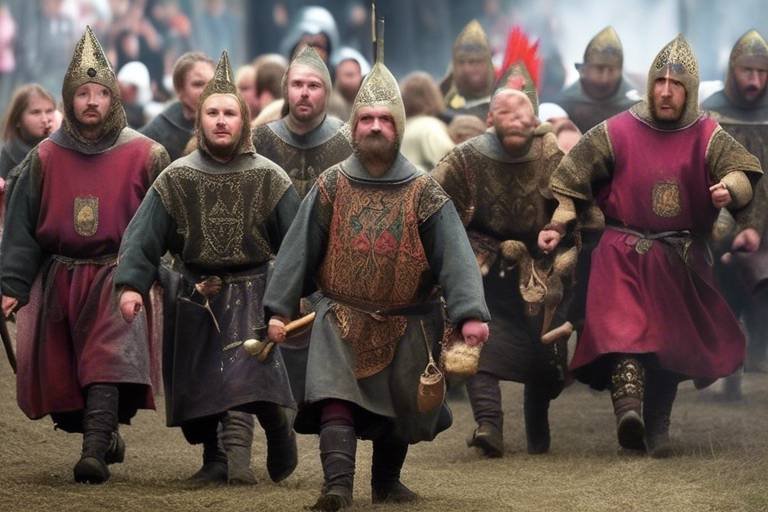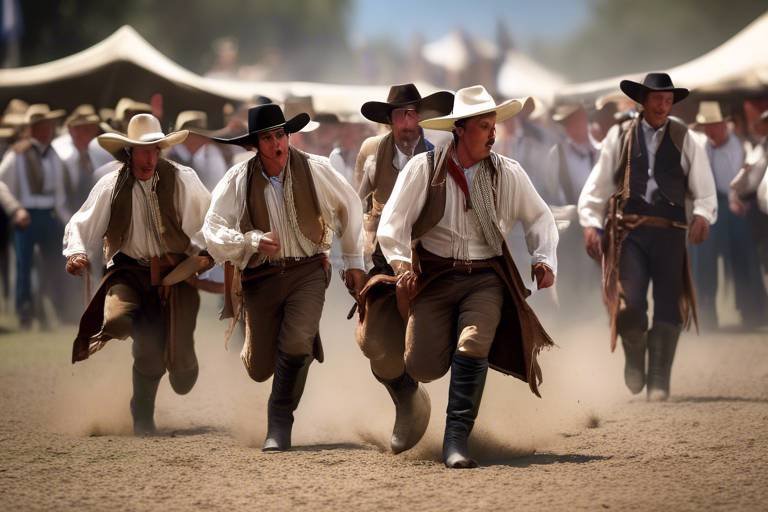The Ancient Traditions of Ireland's Samhain Festival
The Ancient Traditions of Ireland's Samhain Festival date back to ancient Celtic times, where this significant celebration marked the transition from the harvest season to winter. Samhain was a time of great importance, blending spiritual beliefs with practical traditions to honor the changing seasons and the spirits of the dead.
Rooted in Celtic paganism, Samhain was a time when the veil between the living and the dead was believed to be at its thinnest, allowing for communication with departed loved ones and the spirit world. The festival was a time of reflection, gratitude, and reverence for nature's cycles.
One of the most notable aspects of Samhain was the lighting of bonfires, symbolizing the warmth and protection needed as winter approached. Communities would gather around these fires, sharing stories, food, and laughter as they honored their ancestors and celebrated the bountiful harvest.
Divination practices were also a common feature of Samhain, with people seeking insights into the future and guidance from the spirit realm. These ancient rituals added an element of mystery and magic to the festival, enhancing its spiritual significance.
The Feast of Samhain was a central event during the festival, where tables were laden with seasonal foods like apples, nuts, and grains. This communal gathering symbolized unity, abundance, and the importance of sharing with others, reinforcing the bonds of community and family.
As time passed, the traditions of Samhain evolved and adapted to modern times, with many of its customs still observed in Ireland and beyond. While the festival's spiritual roots remain strong, contemporary celebrations blend ancient rituals with new practices to honor both the past and the present.
Symbolism played a crucial role in Samhain, with items like pumpkins, apples, and lanterns carrying deep meanings. Pumpkins represented protection, apples symbolized wisdom, and lanterns guided spirits home. These symbols added layers of significance to the festival, enriching its cultural tapestry.
Preserving the ancient traditions of Samhain is essential to maintaining a connection to Ireland's rich heritage and passing down valuable cultural practices to future generations. By upholding these customs, we honor the wisdom of our ancestors and keep alive the spirit of Samhain for years to come.
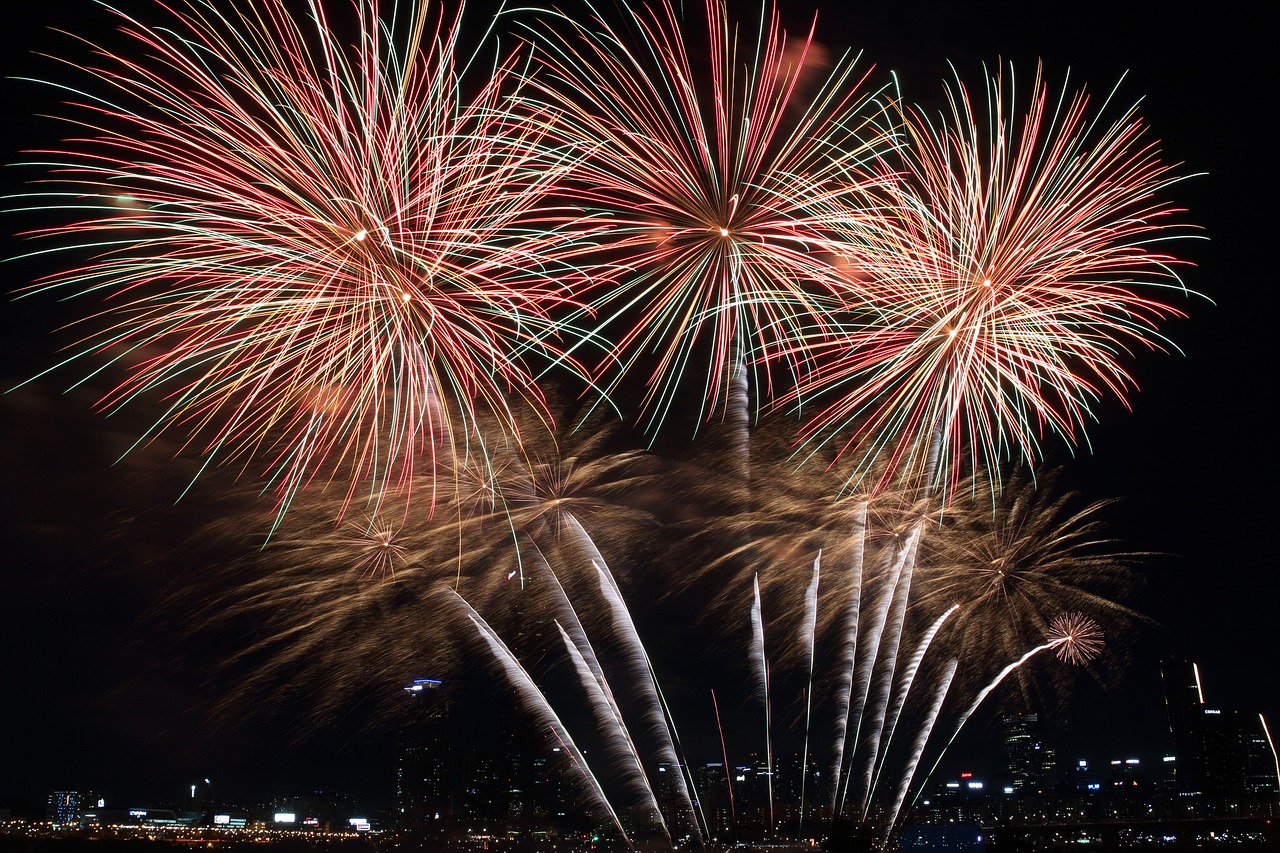
The Origins of Samhain
The origins of Samhain can be traced back to ancient Celtic paganism, where it was celebrated as a significant festival marking the end of the harvest season and the beginning of winter. The word "Samhain" itself is believed to have Gaelic roots, meaning "summer's end." This transition from the light half of the year to the dark half held great spiritual and cultural importance for the Celts, who saw it as a time when the veil between the physical world and the spirit world was at its thinnest.
During this time, the Celts believed that spirits, both benevolent and malevolent, could freely roam the earth. To ward off evil spirits and honor their deceased ancestors, the Celts would light bonfires and leave offerings of food and drink. These rituals were not only a way to protect themselves but also a means of communing with the spirit world and seeking guidance for the upcoming winter months.
As Christianity spread throughout Ireland, the traditions of Samhain gradually merged with the Christian holiday of All Saints' Day, which falls on November 1st. This blending of customs gave rise to the modern celebration of Halloween, with its combination of pagan and Christian elements. Despite this evolution, many of the original practices and beliefs of Samhain have endured, keeping alive the ancient traditions of Ireland's rich cultural heritage.
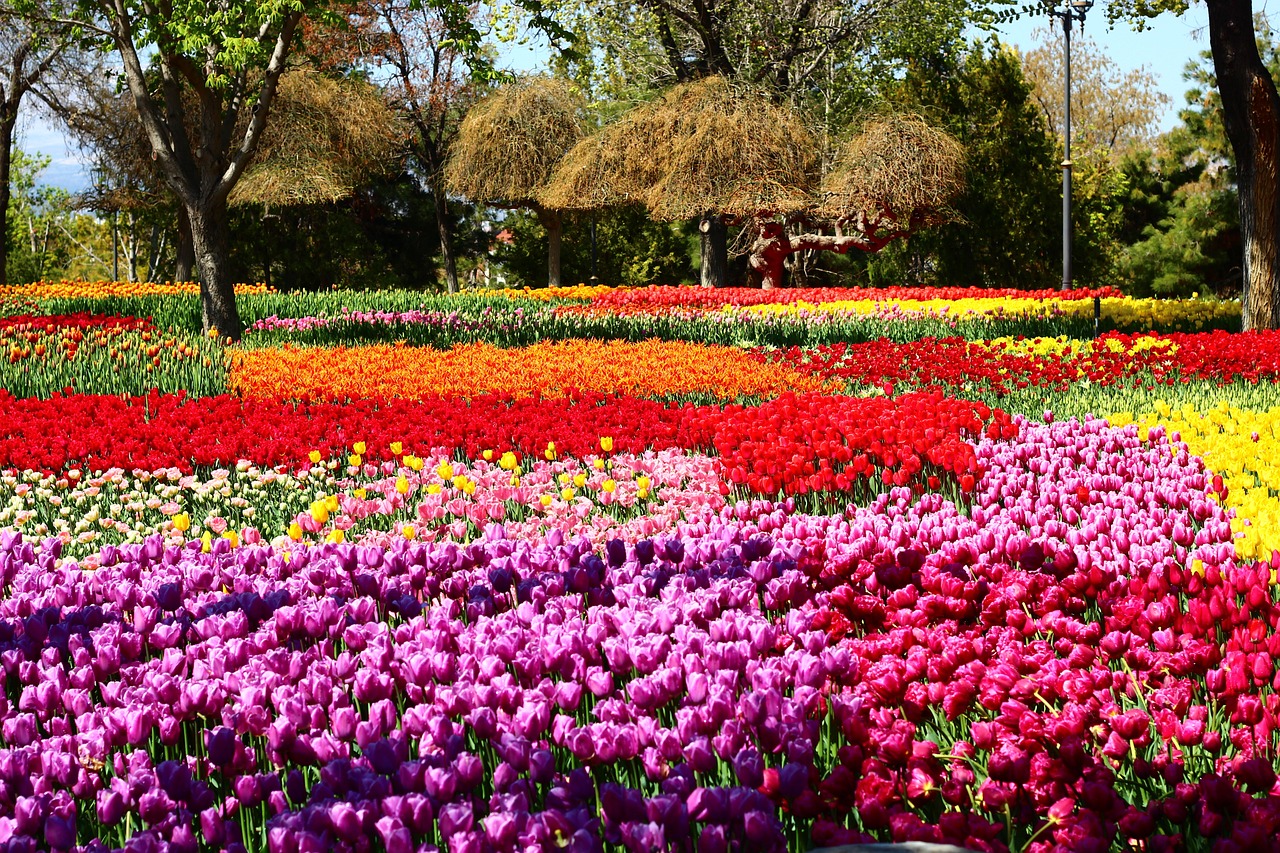
Samhain Rituals and Ceremonies
Samhain, the ancient festival of Ireland, is steeped in rich traditions and ceremonies that have been passed down through generations. One of the central rituals of Samhain is the lighting of bonfires, symbolizing the transition from the light half of the year to the dark half. These bonfires not only provided warmth and light but also held spiritual significance, serving as a beacon to guide the spirits of the dead as they journeyed to the Otherworld.
Feasting played a significant role in Samhain celebrations, with communities coming together to share food and stories. The feast of Samhain was a time to honor the ancestors and show gratitude for the harvest, with offerings of food and drink left out for the spirits. It was believed that during Samhain, the veil between the worlds of the living and the dead was at its thinnest, allowing for easier communication with departed loved ones.
Another important aspect of Samhain rituals was the practice of honoring the spirits of the dead. Offerings of food and drink were left out for the departed, and rituals were performed to ensure their safe passage to the Otherworld. It was believed that by honoring the spirits of the dead during Samhain, they would bring blessings and protection to the living throughout the coming year.
Divination practices were also common during Samhain, as the Celtic people believed that this was a time when the future could be more easily foreseen. Various methods of divination, such as scrying, dream interpretation, and reading omens from nature, were employed to gain insight into the year ahead and seek guidance from the spirit world.
Throughout the centuries, the rituals and ceremonies of Samhain have evolved and adapted, but the core principles of honoring the ancestors, celebrating the harvest, and connecting with the spirit world have remained constant. Today, modern celebrations of Samhain continue to incorporate these ancient traditions, keeping alive the spirit of this ancient festival in the hearts of the Irish people and beyond.
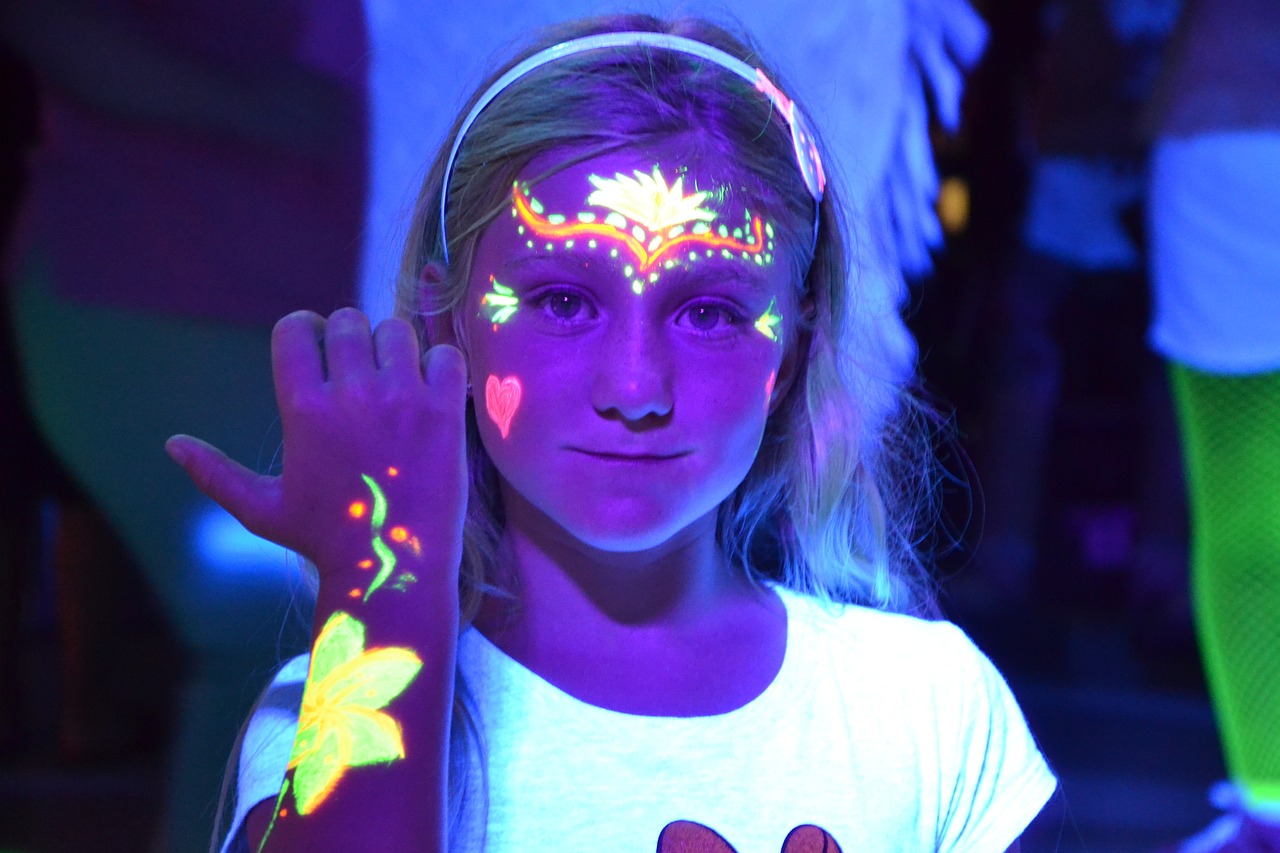
Divination Practices
Divination practices during the ancient Samhain festival held a central role in connecting the living with the spirit world, offering insights into the future and seeking guidance from beyond. One common divination practice involved apple bobbing, where individuals would attempt to bite into an apple floating in water, with each successful bite revealing a letter that would spell out their future spouse's name. Another popular method was the casting of nuts into the bonfire, with the behavior of the nuts as they burned providing clues about one's future fortunes. These divination rituals were not only seen as fun and entertaining but also held deep spiritual significance, bridging the gap between the physical and spiritual realms.
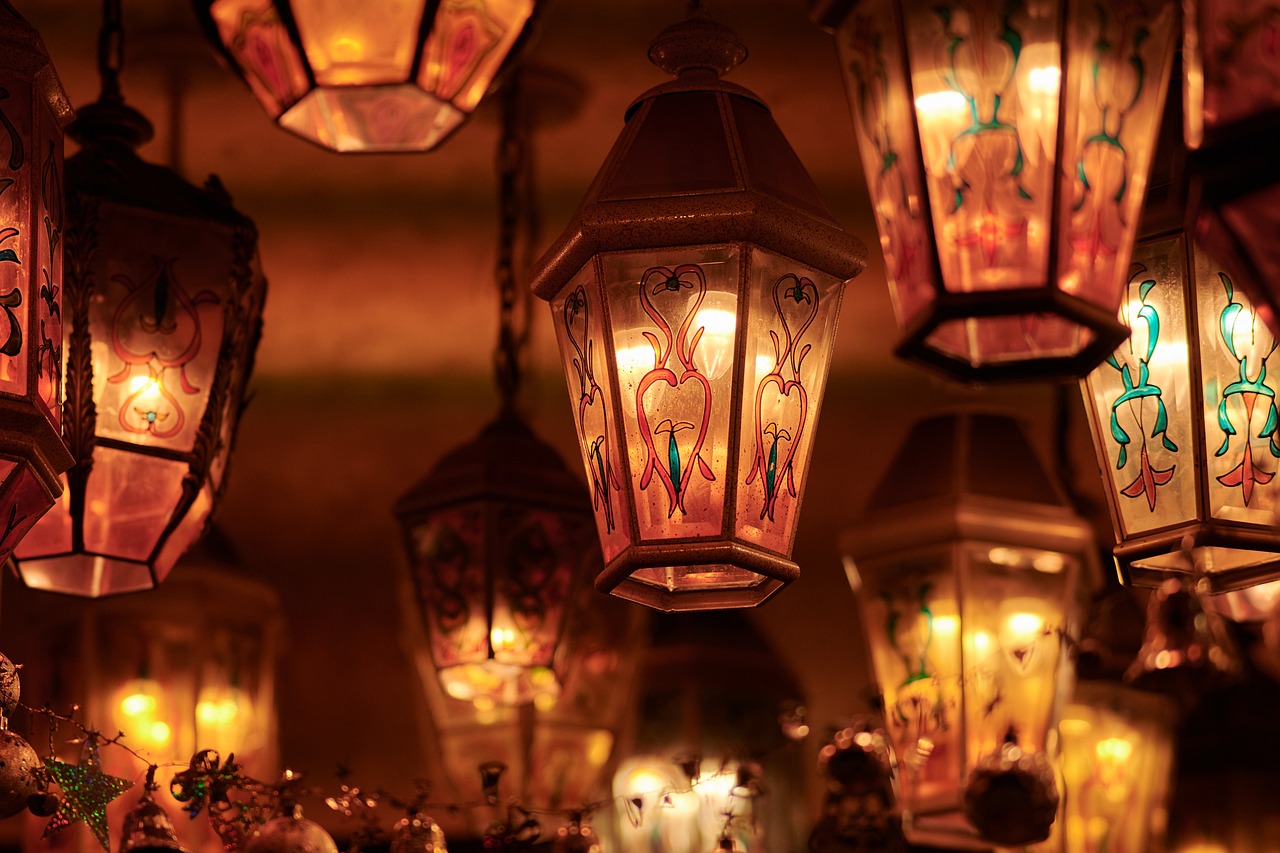
The Feast of Samhain
The Feast of Samhain was a central aspect of the ancient festival, symbolizing the communal spirit and connection to ancestors. During this feast, families and communities would come together to share a bountiful meal, exchange stories, and honor the departed souls. The feast served as a time of remembrance and gratitude for the harvest season, as well as a way to strengthen bonds within the community.
Tables laden with seasonal foods like apples, nuts, and grains would adorn the gathering, reflecting the abundance of the harvest. Meats, particularly pork, were also commonly featured, symbolizing prosperity and fertility. The sharing of food and drink during the feast was seen as a way to invoke blessings for the coming winter months and to ensure the well-being of all participants.
Moreover, the feast was not just about physical nourishment but also about spiritual connection. It was believed that during Samhain, the veil between the worlds of the living and the dead was at its thinnest, allowing for easier communication with departed loved ones. Setting a place at the table for the spirits of ancestors was a common practice, showing respect and honoring their presence during this sacred time.
The act of feasting during Samhain was not only a celebration of abundance but also a way to acknowledge the cyclical nature of life and death. By coming together to share in the feast, participants recognized the interconnectedness of all beings and the importance of honoring the past while looking towards the future.

Samhain in Modern Times
Samhain, once a pivotal festival in ancient Ireland, continues to hold significance in modern times, albeit with some adaptations to fit the contemporary world. While the essence of the celebration remains rooted in its historical traditions, the way it is observed today reflects a blend of old customs and new practices.
In modern Ireland and beyond, Samhain is still commemorated with reverence for its cultural and spiritual heritage. Communities come together to mark the occasion, albeit in ways that resonate with the present era. The festival serves as a bridge between the past and the present, connecting people to their ancestors and the ancient roots of their traditions.
Contemporary celebrations of Samhain often incorporate elements of both the old and the new. While traditional rituals like bonfires and feasting persist, they are now accompanied by modern interpretations and activities. This fusion of ancient customs with contemporary sensibilities ensures that the spirit of Samhain endures in a world that is constantly evolving.
One of the remarkable aspects of Samhain in modern times is the creative reinterpretation of its symbols and practices. Traditional Samhain symbols such as pumpkins, apples, and lanterns have taken on new meanings and forms, reflecting the evolving nature of the festival. These symbols serve as a link between the past and the present, embodying the enduring spirit of Samhain in a changing world.
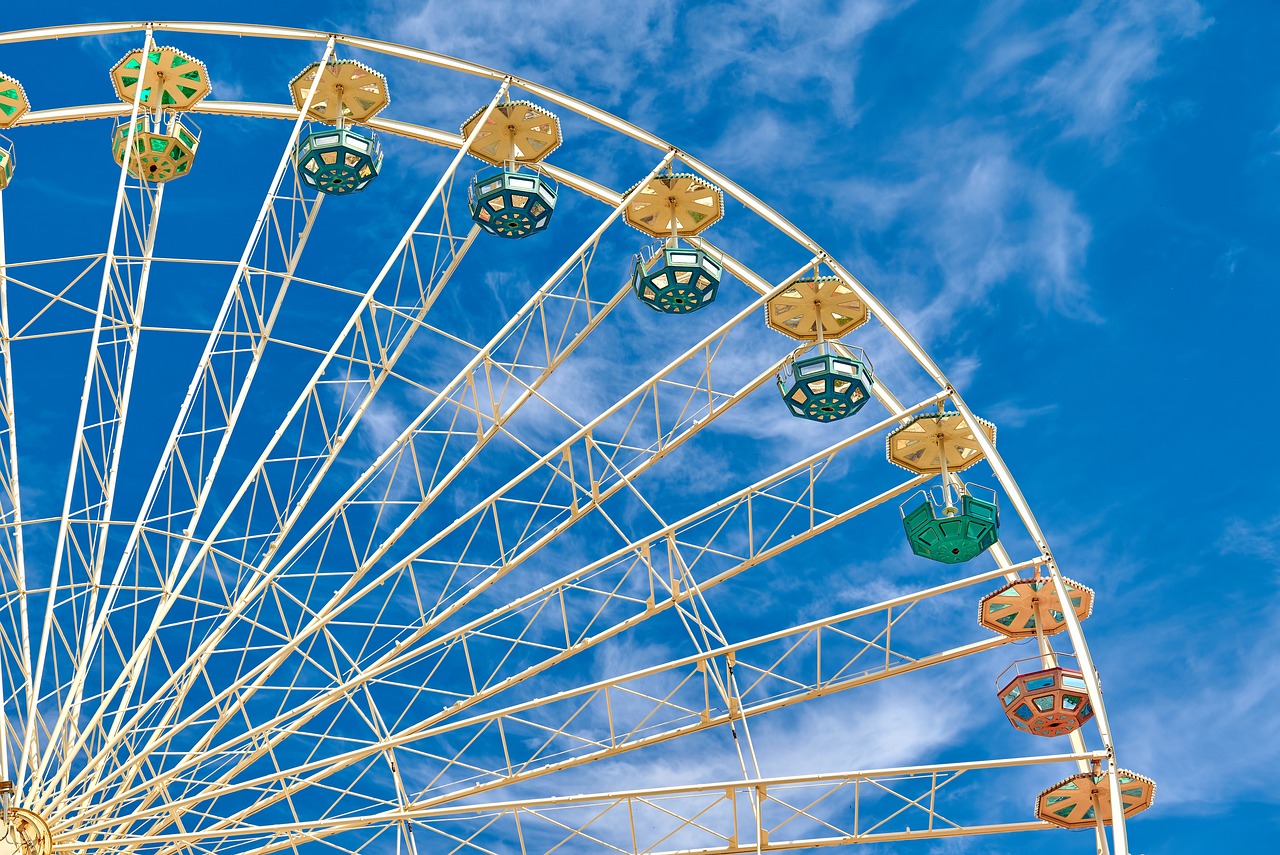
Contemporary Celebrations
Contemporary Celebrations of Samhain have evolved over time, blending ancient traditions with modern practices to create a unique and vibrant festival experience. In modern Ireland and around the world, Samhain is celebrated with a mix of old customs and new interpretations, keeping the spirit of the festival alive while adapting to contemporary lifestyles. Communities come together to honor the changing of seasons, the thinning of the veil between worlds, and the ancestral spirits that are believed to roam during this time.
One common contemporary practice during Samhain is the hosting of costume parties and parades, where people dress up in elaborate costumes representing various themes such as ghosts, witches, and other supernatural beings. This playful tradition adds a fun and festive element to the celebration, allowing participants to express their creativity and embrace the spirit of the season.
Another modern twist on Samhain celebrations is the incorporation of technology, with some gatherings featuring digital projections, light shows, and interactive displays that enhance the mystical atmosphere of the festival. These innovative additions bring a touch of modernity to the ancient traditions of Samhain, creating a dynamic and engaging experience for participants of all ages.
Despite the evolution of Samhain celebrations in the modern era, the core values of community, remembrance, and reverence for the natural world remain at the heart of the festival. Whether observed in small family gatherings or large public events, contemporary celebrations of Samhain continue to uphold the rich cultural heritage and spiritual significance of this ancient Irish festival.

Samhain Symbols and Symbols
Samhain, the ancient festival of Ireland, is rich in symbolic meanings that have been passed down through generations. One of the most prominent symbols of Samhain is the pumpkin, which is carved into intricate designs to ward off evil spirits and light the way for the deceased. The glowing lanterns created from pumpkins symbolize guidance and protection for the living and the dead as they navigate between worlds during this liminal time of year.
Another significant symbol of Samhain is the apple, representing both the harvest season and the cycle of life and death. In Celtic folklore, apples were associated with immortality and the Otherworld, making them a common offering during Samhain rituals. Bobbing for apples was a traditional game played during the festival, believed to reveal a person's future or romantic prospects.
Furthermore, the bonfires lit during Samhain symbolize purification and protection, driving away malevolent spirits and welcoming the spirits of ancestors. The warmth and light of the bonfires serve as a beacon for community members to gather, share stories, and strengthen bonds during this transitional period from harvest to winter.
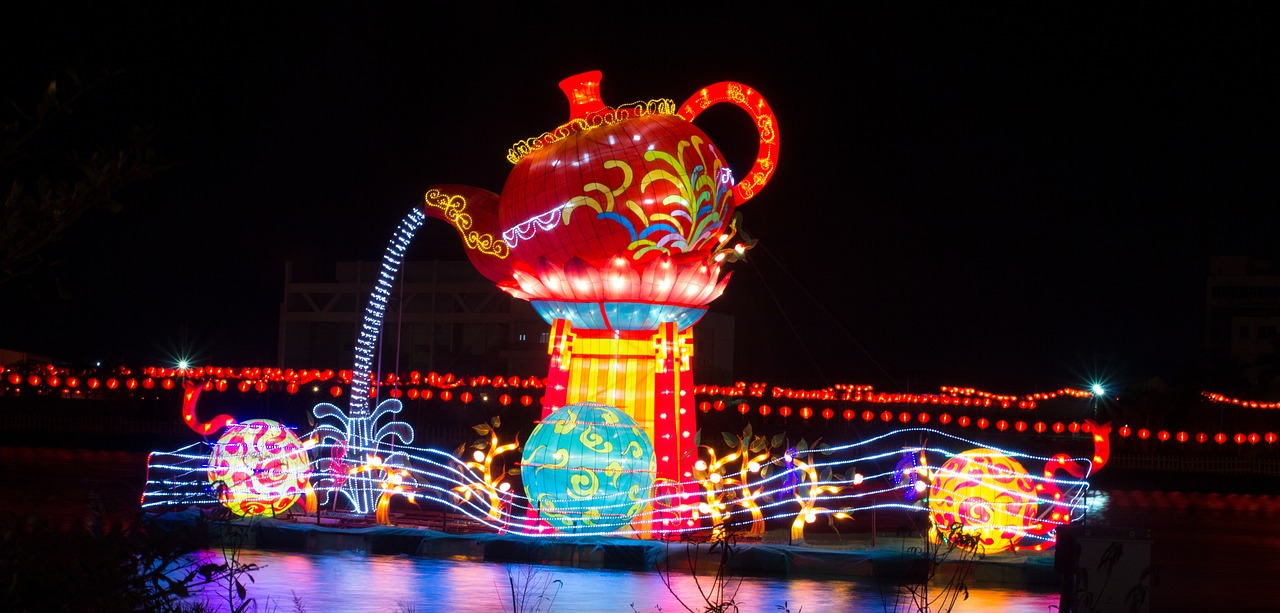
Preserving Samhain Traditions
Preserving the ancient traditions of Samhain is crucial to maintaining the rich cultural heritage of Ireland and honoring the legacy of this historical festival. By passing down the rituals and customs of Samhain to future generations, we ensure that the spirit of the festival lives on, connecting us to our ancestors and the cycles of nature.
One way to preserve Samhain traditions is through storytelling. Sharing tales of the festival's origins, the significance of the rituals, and the experiences of past celebrations helps keep the spirit of Samhain alive. These stories create a sense of continuity and community, allowing each generation to feel a part of something larger than themselves.
Another important aspect of preserving Samhain traditions is participating in the traditional practices associated with the festival. By engaging in activities like lighting bonfires, carving pumpkins, and setting a place at the table for departed loved ones, we honor the customs of our ancestors and maintain a connection to the past.
Creating community gatherings and events centered around Samhain is also key to preserving its traditions. Coming together to celebrate the festival, share food and stories, and engage in rituals keeps the spirit of Samhain alive in a modern context. These gatherings provide an opportunity for people to connect with their heritage and experience the magic of the season.
Additionally, documenting and recording Samhain traditions through various mediums such as writing, art, and photography helps ensure that the rituals and customs are not lost to time. By capturing the essence of the festival in creative ways, we can pass down its significance to future generations and continue to celebrate its importance in our lives.
In essence, preserving the traditions of Samhain is about honoring the past, celebrating the present, and safeguarding the future. By keeping the spirit of this ancient festival alive through storytelling, participation, community, and documentation, we ensure that the magic and meaning of Samhain continue to inspire and connect us for generations to come.
Frequently Asked Questions
- What is the significance of the Samhain festival in Ireland?
The Samhain festival in Ireland holds great historical and cultural significance as it marks the end of the harvest season and the beginning of winter. It is a time when communities come together to honor their ancestors and connect with the spirit world.
- What are some traditional rituals associated with Samhain?
Traditional rituals of Samhain include lighting bonfires, feasting, and performing divination practices to foresee the future and communicate with the spirits of the dead. The feast of Samhain is also a significant part of the celebration where stories are shared and ancestors are honored.
- How has the celebration of Samhain evolved in modern times?
In modern times, the celebration of Samhain has evolved to incorporate both ancient traditions and new customs. Communities around the world continue to honor the festival by preserving its symbolic meanings through activities such as pumpkin carving, apple bobbing, and lantern lighting.
- Why is it important to preserve the traditions of Samhain?
Preserving the traditions of Samhain is essential to maintain cultural heritage and a connection to the past. By passing down these ancient practices to future generations, we ensure that the rich history and significance of the festival are not lost over time.


